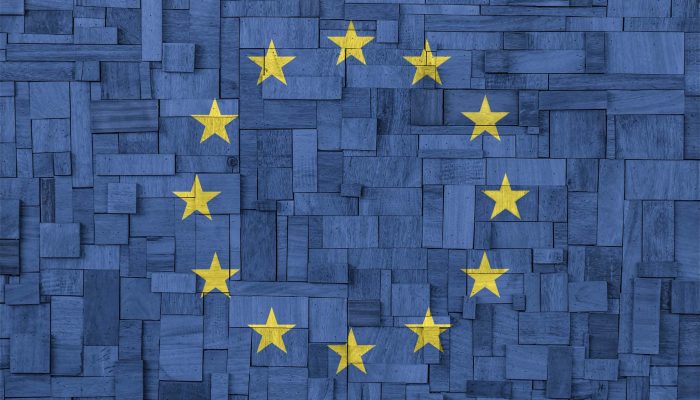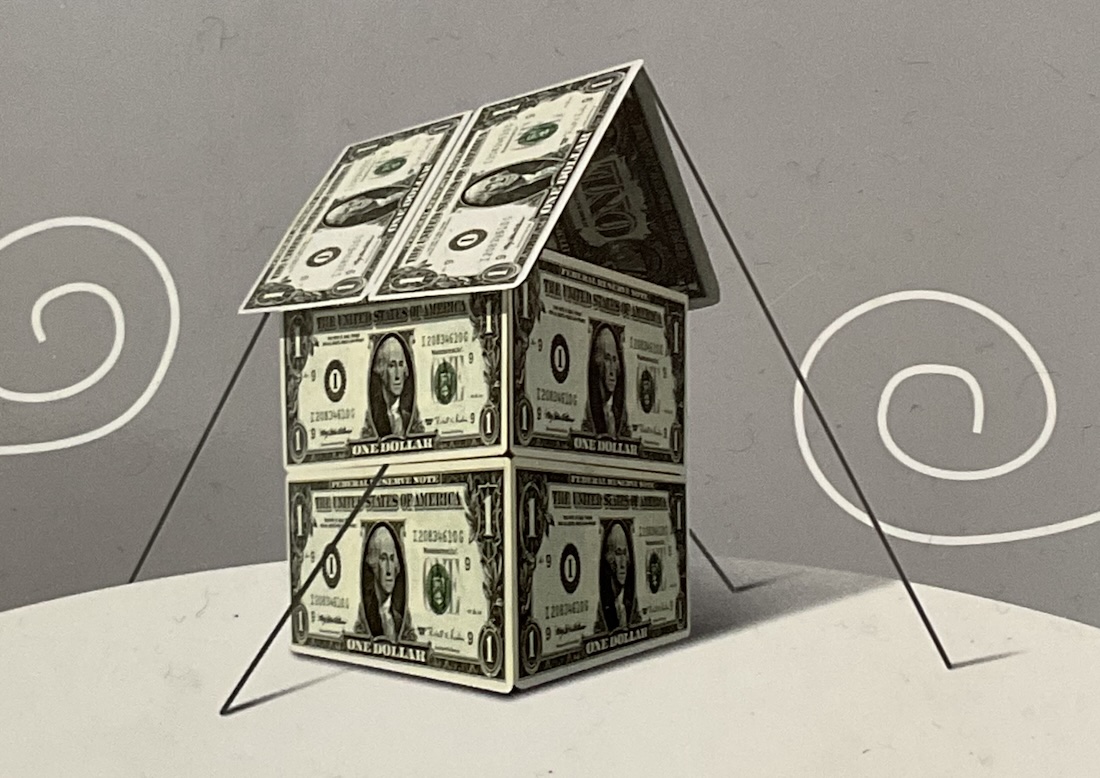Europeans, Rejoice! The ECB Is Cancelling Your Debt! Watch Free Video

Posted March 18, 2016
On March 10th, the European Central Bank (ECB) announced that it will expand its Quantitative Easing program by one-third, increasing it from €60 billion per month to €80 billion per month. That means the ECB will now print €80 billion per month and use that money to buy bonds. Most of those bonds will be government bonds. When a central bank buys government bonds, it effectively cancels those bonds – so long as it never sells them and so long as it rolls them over when they mature (as all central banks do now). This process not only reduces the outstanding amount of government debt, it also lowers the interest expense governments must pay on that debt, thereby reducing their annual budget deficits.
Thus far, the ECB has cancelled €1.3 trillion or 16% of all European government debt in this way – and, over the next 12 months, it will cancel nearly €1 trillion more. This is great news! With less debt outstanding, governments in the Eurozone could borrow and spend more to create jobs, generate economic growth and restructure their economies.
The ECB is not the only central bank cancelling government debt through Quantitative Easing. The Fed has cancelled $2.5 trillion or 13% of all US government debt. The Bank of England (BOE) has cancelled £375 billion or 23% of all UK government debt. And, the Bank of Japan has cancelled Yen 345 trillion or 32% of all Japanese government debt. The Fed and the BOE have ended (perhaps, “suspended” would be more accurate) their QE programs, but the Bank of Japan also continues to use QE to acquire government debt, at the rate of Yen 80 trillion every month.
It might be difficult to believe that central banks can cancel government debt in this way. But they can and do. Last year, I made a Macro Watch video to explain how this process works. It’s called “QE Is Debt Cancellation”. You will find a direct link to that video at the bottom of this blog. No password is required. Just click and watch. This is important. I hope you will watch it.
Since the crisis of 2008 began, central banks have kept our global economic bubble from imploding into a new Great Depression by printing the equivalent of trillions of dollars and injecting that money into the financial markets. It is well understood that Quantitative Easing has produced a Wealth Effect that has supported economic growth. But, it is not generally understood that they have also canceled trillions of dollars of government debt in the process. This is enormously important. It dramatically lowers the level of government debt across most of the developed world and fundamentally alters the policy options available to us in our attempt to reestablish sound economies and solid economic growth.
After watching QE Is Debt Cancellation, if you would like to learn more about how the economy really works now in this new age of fiat money, click on the following link to subscribe to Macro Watch:
http://www.richardduncaneconomics.com/product/macro-watch/
For a 50% subscription discount, hit the orange “Sign Up Now” tab and, when prompted, use the coupon code: rejoice
You will find more than 22 hours of video content available to begin watching immediately. A new video will be added approximately every two weeks.
Here’s the direct link to the video, QE Is Debt Cancellation:
https://vimeo.com/album/3188430/video/119677193


I think you’re right about debt cancellation effectively means the debt disappears. It means governments can use aggressive fiscal stimulus. Are there any limits to this process if done gradually? Will fiscal stimulus boost inflation over 4% of can that be constrained? It seems the Merlins at the central banks may have a way out. What are implications for gold if they proceed in a competent manner?
QE has not worked as well in the EU and Japan as it has in the USA and the UK because
1, EU (i.e. Germany) and Japan are current-account creditors while the USA and the UK are debtors;
unfortunately, while lower interest rates that follow from QE benefit debtors, they harm creditors.
2. Much EU trade is internal to the EU. Therefore, the depreciating of the Euro that follows from QE does not lead to a significant gain in export income nor the importation of inflation that follows from higher import prices.
3. Equities ownership is not as widespread in Europe as it is in the USA. Therefore, there is less of a wealth effect from QE and hence less of an increase in consumer spending. Therefore, there is less decrease in unemployment.
4.Because Europe and Japan are falling off a demographic cliff, a decline in interest rates may lead to an increase in savings instead of spending in order for those reaching retirement to make targeted incomes. Therefore lowering interest rates may not lead to spending substituting for savings. This is known as “the backward-bending supply curve of savings”
It seems to me the limitation on QE would be inflation. Inflation could come from a substantial devaluation in the currency or wage increases. As Europe has substantial labor slack, it doesn’t seem like there would be pressure on wages anytime soon.
Unfortunately, politicians don’t understand that they have a unique chance to spend $s (or cut taxes) to put under utilized labor to work building out infrastructure, etc. The Germans limit the Euro countries’ spending and the tea party limits the US.